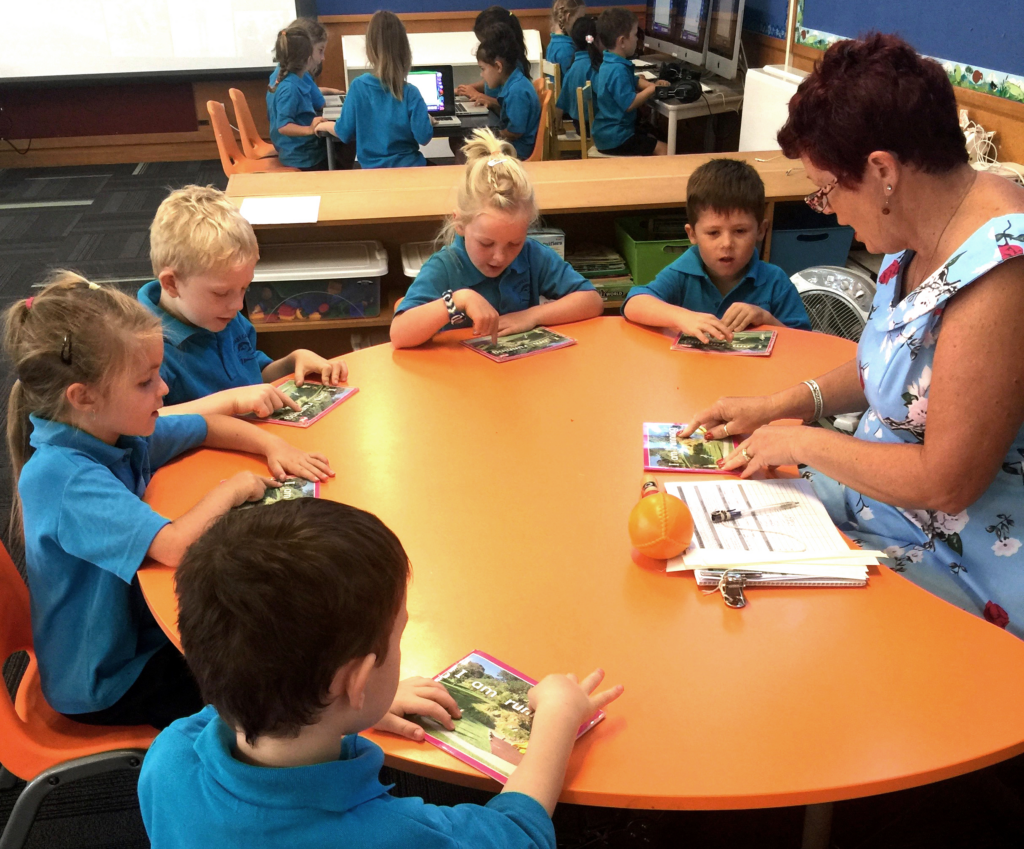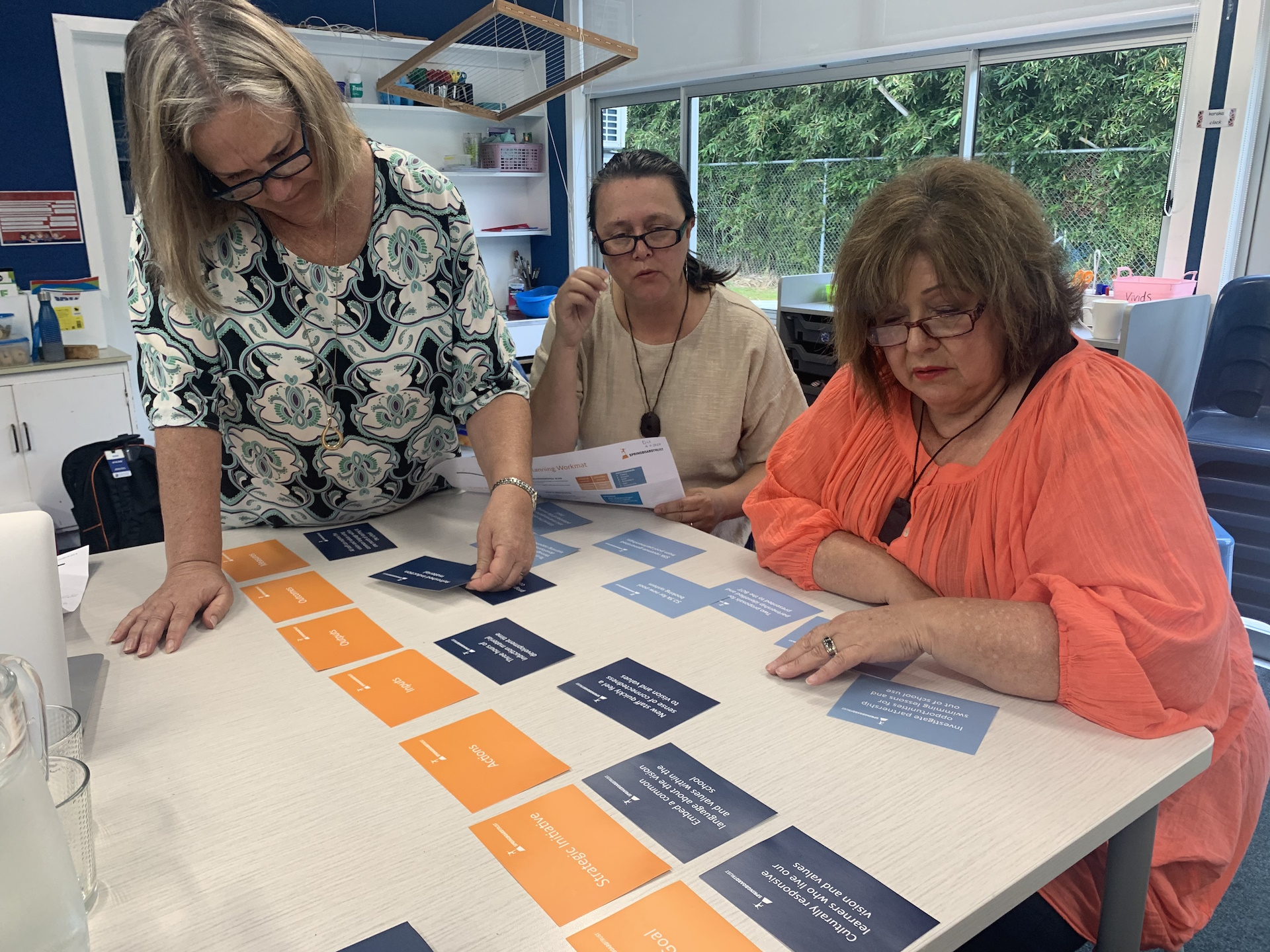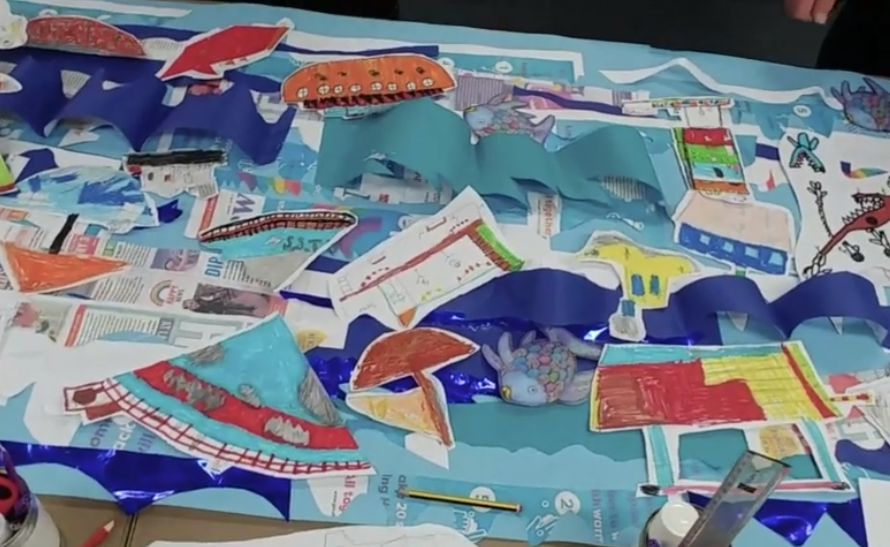For many principals, managing change means revolutionising the way their team teaches. Oftentimes, you’re modifying habits and processes that have been around for years, even decades.
Difficult enough on its own, yes? Now try doing it as the newest person at your school.
Robyn Posthumus had just become Principal at Hurupaki School when she undertook the Strategic Leadership for Principals Programme in 2016. While she came up with a resoundingly strong strategic plan during the course, there lay ahead a lot of work in convincing teachers to change their methodology.
The project: A change in focus
Robyn had a clear vision for Hurupaki School, but one that was at odds with ‘the way things were done’ in the past.
She hoped to emphasise teaching as inquiry in a way that measured each teacher’s day-to-day impact – especially in how they helped priority learners. This required a level of transparency and accountability that teachers were not used to, therefore a clear plan was required.
Robyn achieved this through several steps: collaboration, consultation and conversation.
The consultation occurred during her time with the SLPP. She consulted widely with the community and teachers, implementing their feedback into a long-term strategic plan.
The collaboration came through in this plan. She took over a public whiteboard, writing up key initiatives and inviting all teachers to submit changes or their own ideas on this board. In an interative process, the team’s plan evolved into a cohesive set of goals that everyone bought into.
The conversation was a mass-scale change management process. Springboard Trust appointed a subject matter expert, Jo Field, to work with Robyn in talking with staff, identifying a behaviour baseline, and linking behaviours to the overall school culture.
These steps lead to a staff survey, which would allow the principal to surface key issues and begin courageous conversations with staff who needed to change. Only then could she really know the key areas to focus on and address.
The survey: Drawing a line
The survey process highlighted several key steps to be taken at Hurupaki School:
- The need to clarify teacher roles and accountabilities and link them to the strategic plan.
- Benchmarks for behaviour that contributed to (or detracted from) the school’s goals and culture, called “Above the Line” and “Below the Line”.
- “Belonging Workshops” in which staff explored their values, sense of belonging, and shared responsibility for the school.
Principal Posthumus knew that these changes would not revolutionise the school culture overnight – but they were a vital starting point. By bringing the team together, fostering a sense of belonging and focusing on their needs, the teachers slowly began to shift.
However, several remained skeptical, admitting they had resisted the changes. Over time, and through these conversations, those teachers slowly changed their attitudes, adopting the “line” language and focusing on how they can move forward – as well as why they were doing it.
The evolution: GROW modelling
In 2017, Principal Posthumus attended our coaching Alumni Learning Event, alongside several hundred other educational professionals from across the country. It was here that she learned the GROW model, and how it could benefit her school.
This was a system Hurupaki School had used with its priority learners, but the Learning Event showed Robyn how it could also apply to her staff. In coordination with Jo Field, Robyn began using this alongside the DOMA model – Direction, Opportunity, Motivation, Ability. Jo also assisted Robyn’s professional learning and development in having courageous conversations.
Eventually, these models helped all teachers analyse all aspects of a work situation in collaboration with one another, furthering the shift in institutional culture.
The outcomes: Strides ahead
One year on, a staff survey showcased just how far the team had come under Robyn’s leadership. Culture has changed, collaboration is rife and staff buy-in to the strategic plan is strong.
Robyn acknowledges that it is still a work in progress, but considering the major cultural change underway at Hurupaki, this is still an astounding achievement.
Change is difficult at the best of times. But as a new leader at a school with ingrained philosophies, affecting such profound change is an immense job. Delivering this kind of result requires:
- Stakeholder involvement at every step.
- Baseline data that your team can improve upon.
- Establish a resource library – point people do not have to answer every question.
- Be courageous in your conversations, show vulnerability and stick to your passions.
- Reinforce changes until they are business as usual.
- Be flexible with everyone involved.
Valuable lessons – not just for change in education, but change in any organisation.













